AO Edited
Waverly Hills Sanatorium
This former tuberculosis research hospital endeavored to cure the dreaded disease with fresh air and positive attitudes.
Nestled on the top of a placid hill, the old Waverly Hills Sanatorium once tried to heal tuberculosis with peace and good vibes. Today, it stands today as a monument in the fight against the dreaded disease.
The sanatorium was established in the early 20th century to help deal with an outbreak of the then-incurable disease tuberculosis. With little knowledge of how to fight the illness, the creators of Waverly Hills based their treatment on quarantine, fresh air, and a positive attitude. They had noticed that some improvement began to present itself in those who spent a restful retreat in the mountains.
To this effect the original facility consisted of two open-air pavilions which housed 40 victims of the disease. As the outbreak spread, the facility needed to be expanded and, in 1912, the larger building was built and patients from a number of surrounding hospitals were transferred to the facility. A children’s pavilion was also built to house not only young victims of the disease, but also children whose parents were too ill to care for them. A tunnel connecting to the base of the hill was also built so that workers and supplies could be ferried to the facility at the top of the hill. In 1926, the massive building seen today opened its doors to accommodate another 450 beds. Patients in every condition were accepted including those in early stages to those in the final stages.
Even with many new procedures available, it was impossible to save everyone. As the state of the patients worsened, people began to die in the facility on an almost-daily basis. The number of shrouded bodies being taken away from the building began to have a dramatic effect on the morale of the victims, which was hugely problematic since this was the cornerstone of treatment. The administrators began taking the bodies through the hidden tunnel to hide the morbid evidence from the other tenants, earning the tunnel the nickname “the body chute.” Luckily this misery came to an end in the 1940s when a tuberculosis drug was introduced that drastically lowered the need for such a large facility. In 1961, the hospital finally closed its doors.
In 1962 the hospital was purchased by the state and used as a nursing home. Later it was leased to a private nursing firm and the name was changed to Woodhaven Geriatric Center. This company operated the nursing home facility until 1982 when it was closed by the state for violations and the mistreatment of patients.
The empty building was purchased by a number of buyers in the following years, but nothing ever saw fruition. The current owners of the Waverly Hills Sanatorium use the derelict space as a “haunted attraction,” staging horror houses in the fall and running ghost tours the rest of the year. No matter the good vibes the site espoused, it still ended up as place to scare people. The building is host to ghost hunters from all over the globe.
Know Before You Go
Today, the building is spooky enough to give anyone chills. During the Halloween season, Waverly Hills turns itself into a thrilling Haunted House. There are said to be several ghosts still haunting the echoing halls. A reminder to visitors that Waverly Hills is private property and the residence of it's owners. Visitation is only available during Historical Society events. The Historical Society and the family that owns the property hold fundraising events throughout the year. All proceeds benefit the restoration project.
Community Contributors
Added by
Edited by
Plan Your Trip
The Atlas Obscura Podcast is Back!


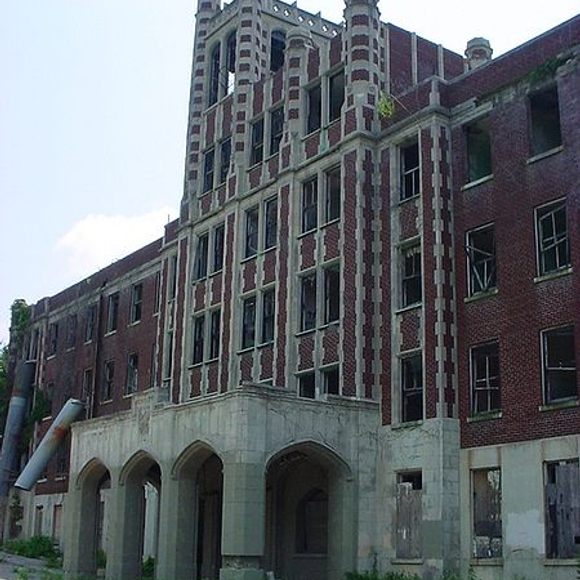


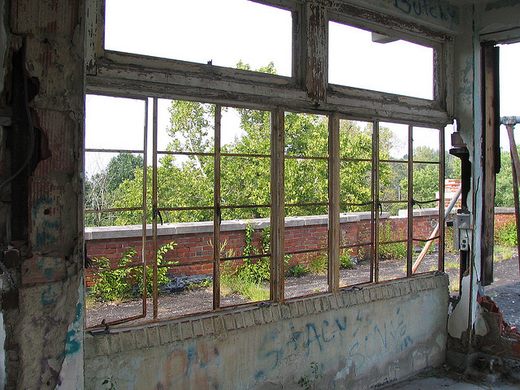

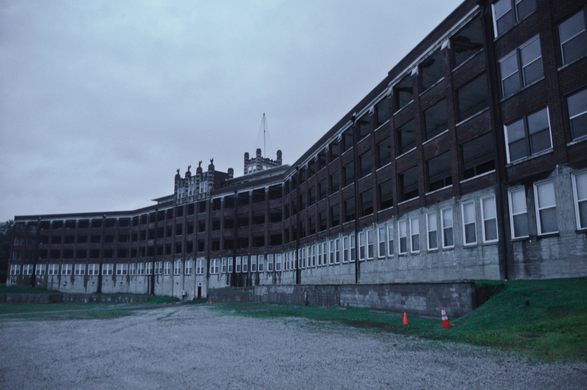














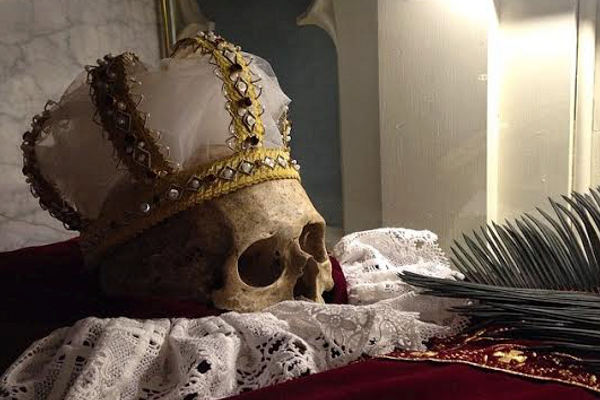

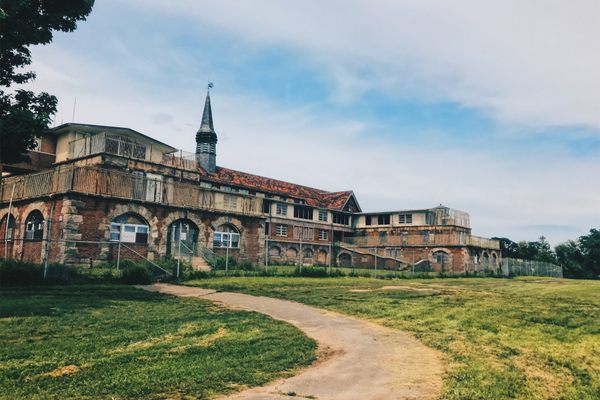


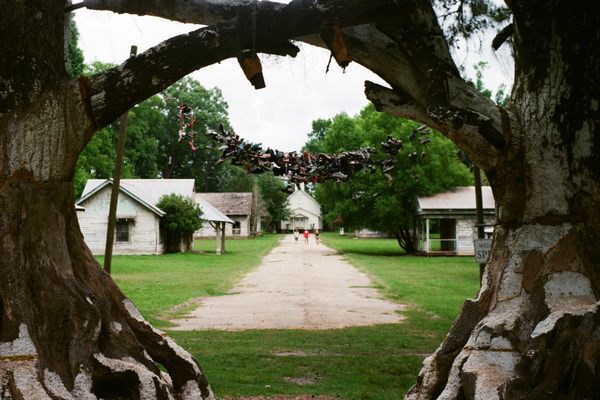

Follow us on Twitter to get the latest on the world's hidden wonders.
Like us on Facebook to get the latest on the world's hidden wonders.
Follow us on Twitter Like us on Facebook